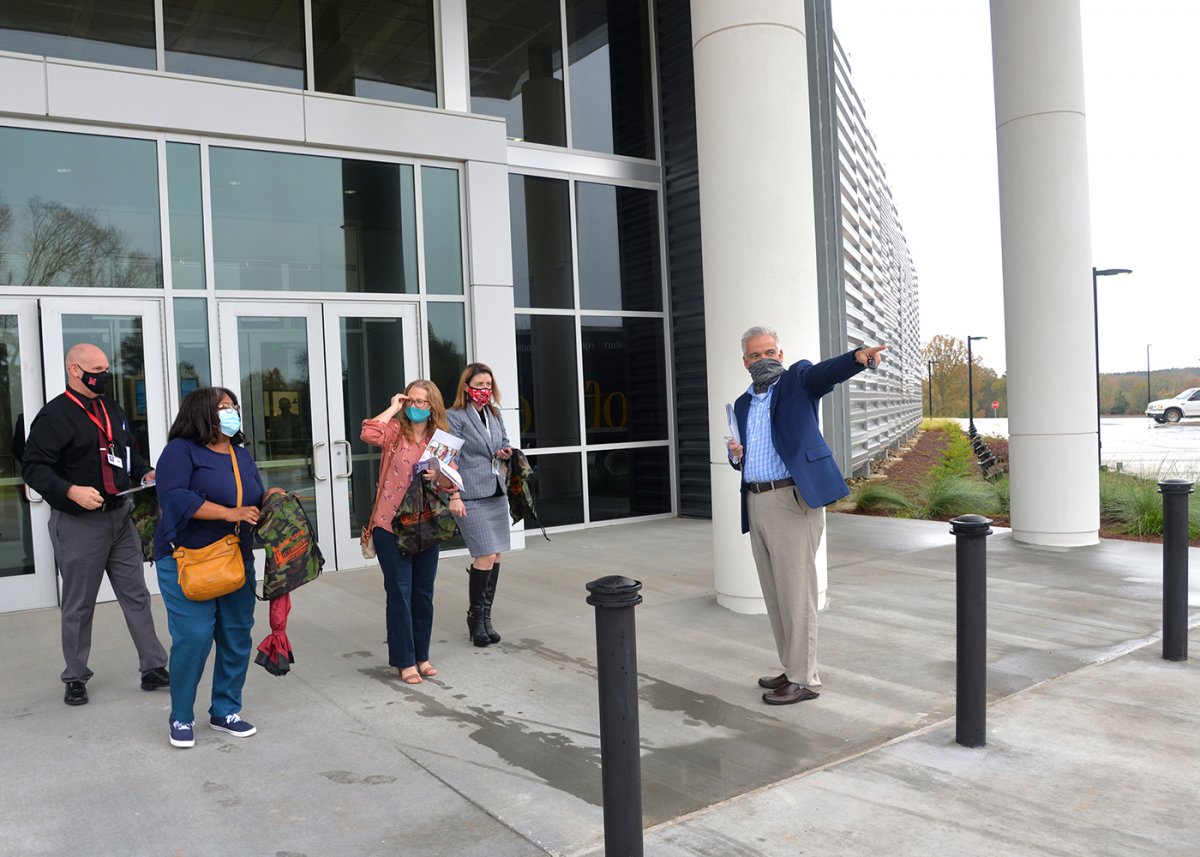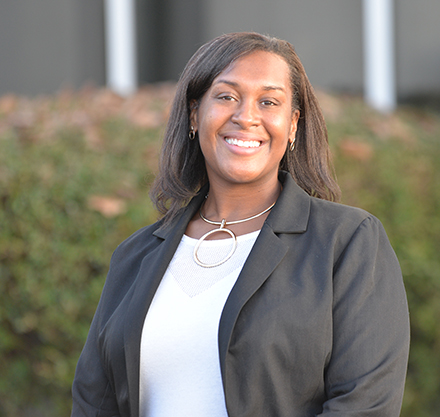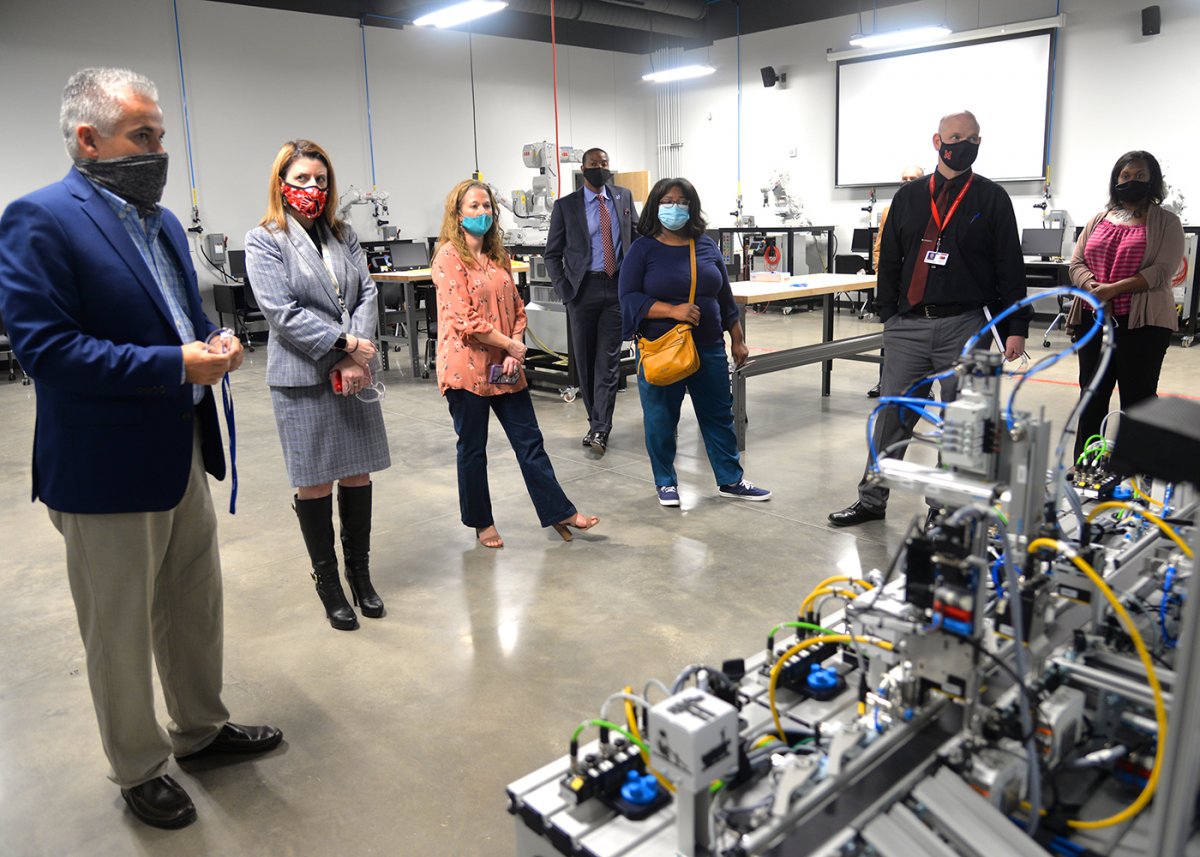Dual Enrollment: 'It's Really Part of Our Culture Now'
When it comes to academic rigor and career development, McCormick High School offers opportunities on par with schools many times its size thanks to a critical partnership with Piedmont Technical College (PTC). The McCormick Middle College, in fact, is just one example of what can be achieved when like-minded organizations partner up to expand opportunity for youth in their communities through college dual enrollment programs.
 McCormick High School Principal Steve English says the partnership is a product of necessity and innovation for a rural school facing dwindling resources. He said his school’s middle college partnership with PTC began in 2013. “We had lost a lot of our career path courses because we didn’t have the student numbers to support it,” he explained. “Now we can offer them machine tool, mechatronics, welding, first responder and commercial art taught by college professors. PTC has offered anything we want as long as I can get my students up there. That has been a game-changer for us.”
McCormick High School Principal Steve English says the partnership is a product of necessity and innovation for a rural school facing dwindling resources. He said his school’s middle college partnership with PTC began in 2013. “We had lost a lot of our career path courses because we didn’t have the student numbers to support it,” he explained. “Now we can offer them machine tool, mechatronics, welding, first responder and commercial art taught by college professors. PTC has offered anything we want as long as I can get my students up there. That has been a game-changer for us.”
In general, Dual Enrollment (DE) is a concept in which students can take college courses while still in high school. This affords many high schoolers a taste of college-level academics so they can gain confidence that they can indeed succeed in college. It helps many test the waters in various subjects to help determine the career path they ultimately want to pursue. “Middle college” could be described as dual enrollment on steroids, because participants can complete enough credited college courses to earn an associate degree along with their high school diploma. Those credits can transfer to a four-year college or equip them with the skill set they need to enter the workforce immediately and earn a good living.
“We really push students hard during the freshmen and sophomore years because we want them to have enough credits so they can spend their 11th and 12th grade years doing something that really interests them,” English explained. “Last year, more than 20% of our students graduated with an associate degree.”
PTC Dual Enrollment Director Tameika Wideman got her start in higher education as a dual enrollment student herself. She personally understands the worth of DE classes and following the path that forms ahead of a participant. The fact that PTC offers the courses tuition-free, she says, makes it an incomparable value.
 “Our Dual Enrollment Program has a wide range of options for every student, from those with plans for advanced degrees after high school to those wanting to learn skills or earn a credential that they can use immediately after high school,” Wideman said. “We have engaged, committed instructors and have a support team in place that helps facilitate success for motivated students, and we offer these services at a fraction of the cost elsewhere.”
“Our Dual Enrollment Program has a wide range of options for every student, from those with plans for advanced degrees after high school to those wanting to learn skills or earn a credential that they can use immediately after high school,” Wideman said. “We have engaged, committed instructors and have a support team in place that helps facilitate success for motivated students, and we offer these services at a fraction of the cost elsewhere.”
Dual enrollment programs are responsible for establishing a high school-to-college pipeline that benefits countless young people. Some education leaders have fought hard to establish DE in their communities because they so profoundly believe it is a good investment that will not only benefit participants but local economies as well.
Katrina Singletary, director of secondary education at The School District of Newberry County, is pleased that her district’s tireless efforts have paid off.
“We have been trying for years to get that program off the ground and running,” she explained. “We started that dialogue long before COVID-19. Our middle college started in the summer of 2020. For now, it’s all virtual with live instruction. … PTC moved very early to share their platform for virtual learning with live instruction.”
Certainly the pandemic has presented some challenges with format and implementation, but student interest has not diminished in any measurable way.
“The students are still very interested in the DE classes,” said Dr. Beth Taylor, director of secondary education for Greenwood School District 50. “They like being on the college campus, but I don’t think COVID-19 has kept them from taking classes. … I think they really appreciate the variety of opportunities that PTC offers.”
Awareness about DE programs remains strong among students and parents. That is thanks, in part, to consistent and frequent contact between PTC and its DE partners.
“Each district has slightly different needs and requirements. Because we serve a number of schools in each district, we’re in contact with all of our service partners at least once a week,” Wideman said. “Piedmont Tech often conducts campus tours for high school counselors. We recently hosted Laurens District 55 high school counselors at the Center for Advanced Manufacturing in Laurens and counselors from McCormick High School at the O’Dell Upstate Center for Manufacturing Excellence in Greenwood.”
 Singletary noted that school counselors play a critical role in raising awareness about DE opportunities. PTC also provides an abundance of DE brochures and flyers to give out.
Singletary noted that school counselors play a critical role in raising awareness about DE opportunities. PTC also provides an abundance of DE brochures and flyers to give out.
“Our counselors are really our first line of defense,” she said. “The law requires them to conduct Individual Education Plans for grades 8-12. They meet once a year to engage in conversations about what the student wants to do after high school. Through those meetings, students start looking at DE.”
Wideman said the college’s DE partners often express how grateful they are to share with students the opportunity to earn college credit ― tuition-free ― while in high school. It enables students to begin their college experience, receive advanced credit or standing at their chosen postsecondary institution, and practice good study and self-motivation skills early on.
“Our courses offer the same rigor as any other regionally accredited college or university, so that is quite an accomplishment for a high school junior or senior,” she said.
Recent studies by the American Institutes for Research found that early college high schools especially deliver a strong return on investment. The organization found that 84% of early college students attended college within six years, and 21% earned a bachelor’s degree within four years. It estimated that, through economic impacts including tax revenue, early college programs deliver $57,682 for every $3,800 spent on them.
Dr. Taylor sees DE as a burgeoning culture throughout her district. “In the last couple of years, PTC has done an excellent job of providing us with informational materials. They communicate exactly what the program is and what students need to do,” she said. “It’s really part of our culture now. … It’s almost an expectation at this point. It’s like there are no barriers anymore.”
“We are grateful for the opportunity to work with PTC,” Singletary said. “I think it’s important for the community and all of our stakeholders to know that this is a wonderful opportunity provided through our partnership.”
PHOTOS:
PTC Dual Enrollment Director Tameika Wideman
Counselors from McCormick High School tour the O’Dell Center in Greenwood.
###